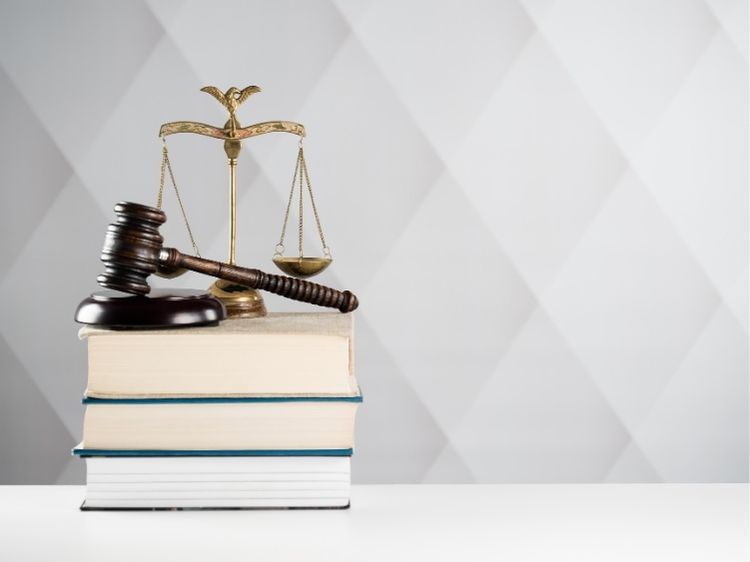Product liability law is a crucial aspect of consumer protection, holding manufacturers, distributors, and retailers accountable for the safety of the products they sell. If you’ve ever wondered, “What happens when a product causes harm?” or “Who is responsible in a product liability case?” you’re in the right place. This article dives deep into real-world product liability cases, breaking down the legal principles and offering examples to help you better understand this often-complex topic.
What Is Product Liability?
Product liability refers to a manufacturer’s or seller’s responsibility for producing or selling a faulty product that causes injury or harm to consumers. The legal theory behind this is simple: If you’re selling something, it had better be safe to use. However, the consequences of failing to meet this standard can be monumental, especially when the defective product leads to physical harm or property damage.
Types of Product Liability Claims
Before we jump into the examples, it’s essential to know that there are three primary types of product liability claims:
- Manufacturing Defects – These occur when the product deviates from its intended design, making it unsafe.
- Design Defects – These arise when the product’s design is inherently unsafe, even if it was manufactured perfectly.
- Failure to Warn (Marketing Defects) – These happen when the manufacturer fails to provide adequate warnings or instructions, leading to misuse or unexpected danger.
Now, let’s get into some compelling product liability cases to see how these claims play out in the real world.
Example 1: The Ford Pinto Case
Type of Claim: Design Defect
Summary: The Ford Pinto case is one of the most infamous product liability cases in history. In the 1970s, it was discovered that the Ford Pinto’s fuel tank was prone to explosion in rear-end collisions. Despite knowing this, Ford opted to release the car, deeming it cheaper to settle lawsuits than to redesign the vehicle.
Outcome: Ford faced multiple lawsuits, paying millions in damages. This case highlighted the significance of design defects and led to stricter regulations in the auto industry.
Example 2: McDonald’s Hot Coffee Case
Type of Claim: Failure to Warn
Summary: In 1992, 79-year-old Stella Liebeck suffered third-degree burns after spilling McDonald’s coffee on her lap. The coffee was served at a temperature far higher than what would be safe for consumption. McDonald’s had already received over 700 complaints about the temperature of their coffee but continued to serve it dangerously hot without adequate warnings.
Outcome: Liebeck was initially awarded $2.7 million in punitive damages, later reduced to $480,000. This case emphasized the importance of providing adequate warnings about potential risks.
Example 3: Toyota Sudden Acceleration
Type of Claim: Design Defect
Summary: Toyota faced numerous lawsuits after drivers claimed that their cars experienced sudden, unintended acceleration. This design defect led to several injuries and deaths, prompting one of the largest recalls in automotive history.
Outcome: Toyota settled numerous lawsuits, paying over $1 billion in fines and compensation. This case highlighted the importance of addressing potential hazards before releasing products to the market.
Example 4: Johnson & Johnson’s Talcum Powder
Type of Claim: Failure to Warn
Summary: Johnson & Johnson faced thousands of lawsuits claiming that their talcum powder caused ovarian cancer. Plaintiffs argued that the company knew about the potential risks but failed to warn consumers adequately.
Outcome: Several plaintiffs received multi-million-dollar verdicts, and the company was ordered to pay billions in damages. This case underscored the critical need for clear and accurate warnings on potentially dangerous products.
Example 5: General Motors Ignition Switch
Type of Claim: Manufacturing Defect
Summary: General Motors (GM) was embroiled in controversy when it was revealed that a faulty ignition switch in some of their vehicles could shut off the engine while driving, disabling power steering, brakes, and airbags. This defect led to numerous accidents and fatalities.
Outcome: GM recalled over 2.6 million vehicles and paid nearly $2 billion in settlements and penalties. This case is a classic example of how a manufacturing defect can lead to catastrophic consequences.
Common Elements in Product Liability Cases
As you can see from these examples, product liability cases often share common elements, including:
- Injury or harm: The plaintiff must show that they were harmed by the product.
- Product defect: There must be a defect in the product, whether in design, manufacture, or marketing.
- Usage: The plaintiff must have been using the product as intended or in a reasonably foreseeable manner.
- Damages: The injury or harm must result in measurable damages, such as medical expenses, lost wages, or pain and suffering.
How to Avoid Product Liability as a Business
If you’re a business owner, you might be thinking, “How do I avoid getting caught in a product liability lawsuit?” While there’s no foolproof way to eliminate risk, there are several steps you can take to minimize it:
- Quality Control: Make sure your products are manufactured according to industry standards and are free from defects.
- Adequate Warnings: Provide clear and conspicuous warnings about potential risks associated with your product.
- Proper Testing: Thoroughly test your products to ensure they’re safe for consumer use.
- Insurance: Consider product liability insurance to protect your business in the event of a lawsuit.
FAQs on Product Liability Cases
Q: What’s the difference between product liability and personal injury?
A: While product liability cases fall under the umbrella of personal injury law, they specifically involve harm caused by defective products, whereas personal injury claims can arise from various situations, including car accidents, slips, and falls.
Q: Can I file a product liability claim if I didn’t buy the product myself?
A: Yes, in most cases, you don’t have to be the purchaser of the product to file a claim. If you were injured by a defective product, you could potentially pursue legal action.
Q: What kind of damages can I recover in a product liability case?
A: Plaintiffs in product liability cases can seek compensation for medical bills, lost wages, pain and suffering, and even punitive damages in cases involving gross negligence.
Q: How long do I have to file a product liability claim?
A: The statute of limitations for product liability claims varies by state, but it’s typically between two and four years from the date of injury.
Conclusion: Product Liability Cases Matter
Product liability cases are about more than just money—they serve as a vital check on businesses, ensuring that safety is prioritized over profits. From manufacturing defects to design flaws and inadequate warnings, these cases illustrate the importance of corporate responsibility. Companies need to step up their game, and consumers need to stay vigilant about the products they use.
In the end, product liability cases provide a pathway for justice when things go wrong. They hold manufacturers accountable, encourage better business practices, and, most importantly, protect consumers from harm.




